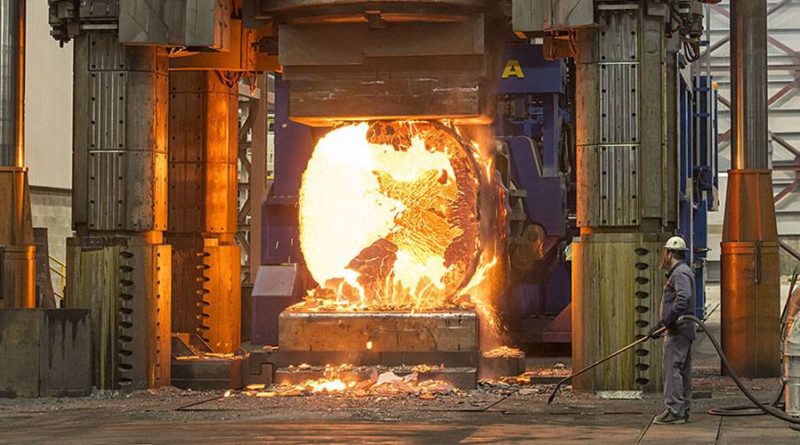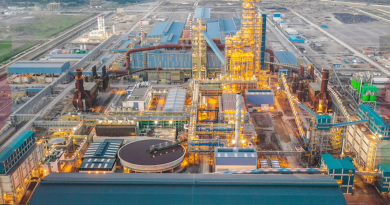Blend of 30% natural gas and hydrogen for steel forging in Italy
The world’s first test of a 30% natural gas and hydrogen blend in the forging processes used in industrial steelmaking was held in Rho in province of Milan at the Forgiatura A Vienna plant. The trial involved the use of the hydrogen and gas mix to heat the furnaces of the Forgiatura A. Vienna plant and was successfully carried out on site after a series of studies and laboratory tests lasting about a year.
The companies involved in the initiative were: Snam, one of the world’s leading energy infrastructure companies and developer and promoter of the project; RINA, a multinational inspection, certification and engineering consultancy, which handled the engineering analyses and laboratory phase; and GIVA Group, a global leader in steelmaking, which made Forgiatura Vienna available for the field test.
The blend of methane and hydrogen was supplied by Sapio, an Italian company specialising in the production and marketing of industrial and medical gases.
The use of the hydrogen and natural gas blend did not require any plant modifications and had no impact either on the equipment used (industrial burners) or on the characteristics of the final heat-treated product.
The project’s potential in terms of environmental sustainability and economic competitiveness is significant. It is estimated that the permanent use of a 30% green hydrogen blend, fuelled by renewables, on the total gas consumed by the three GIVA Group’s steel forging plants for its industrial processes would lead to a significant reduction in CO2 emissions in the order of 15,000 tonnes per year, equivalent to 7,500 cars.
It would consequently result into CO2 emissions savings amounting to approx. 800,000 euros per year (calculated on the current purchase of certificates) while ensuring the value and integrity of the steel forging manufacturing process and its long-term environmental sustainability.
The use of hydrogen in hard-to-abate industrial applications such as steelmaking will play a key role in achieving domestic and EU climate neutrality targets by 2050. Looking ahead, green hydrogen is the ideal solution for CO2-free steelmaking and processing.




